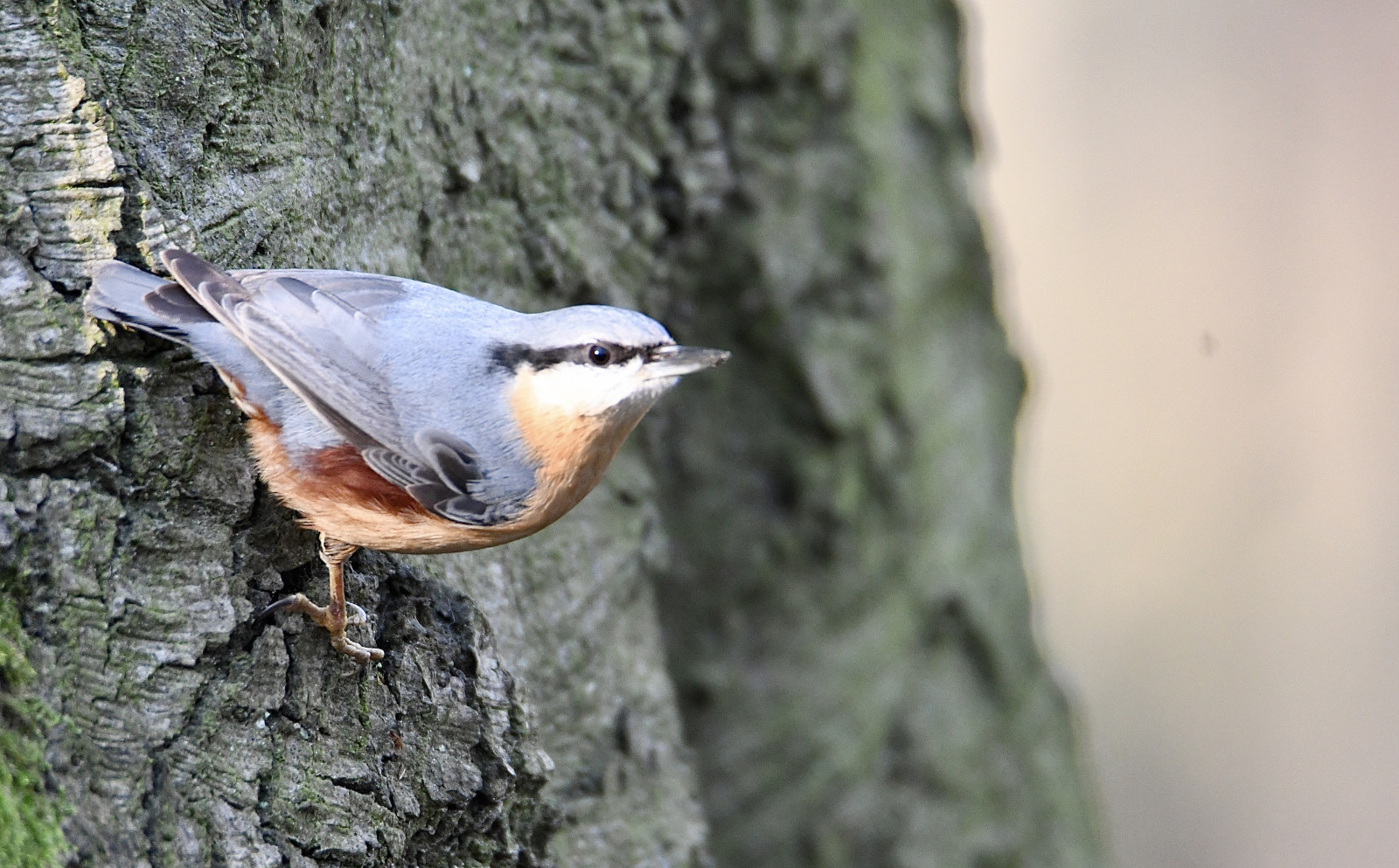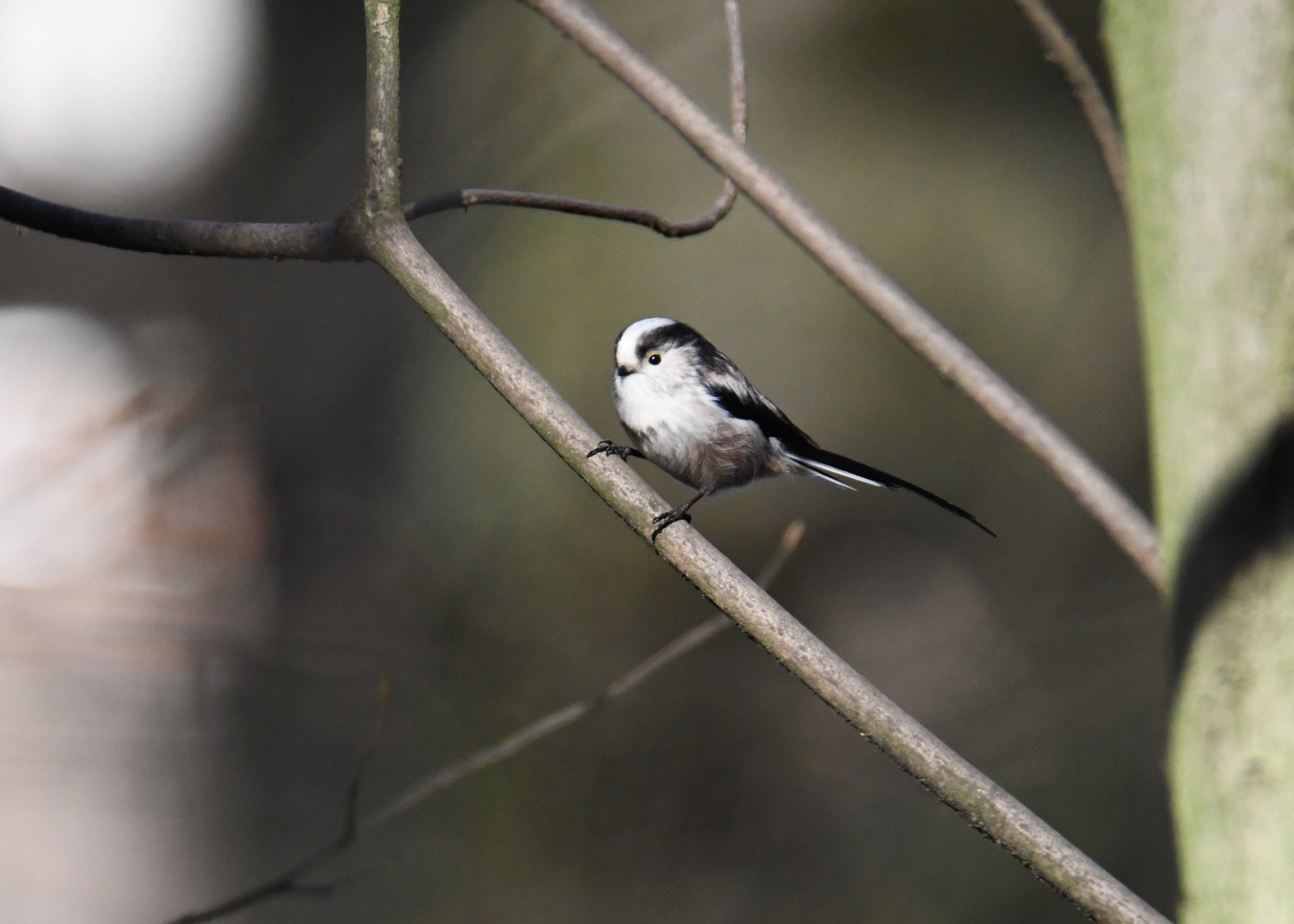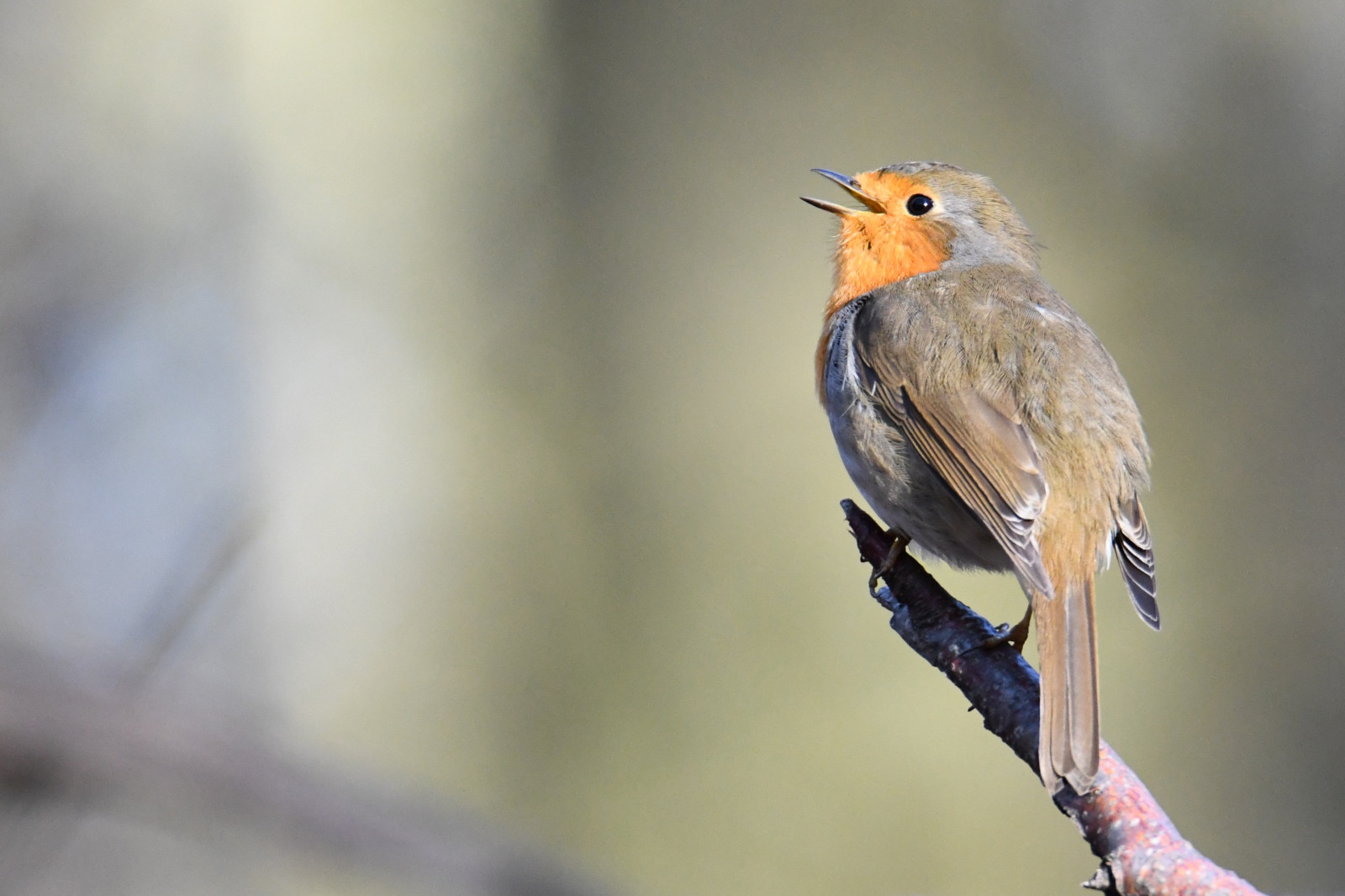Beschrijving
Parc Brugmann offers opportunities to see garden and forest birds up close, because they are accustomed to the frequent passage of people in the park. You can see tits as Glanskop, Pimpelmees, Koolmees and Staartmees. At the level of woodpeckers and birds related to tree trunks, you can observe Grote Bonte Specht, Groene Specht, Boomklever and Boomkruiper. Of course Merel, Roodborst, Heggenmus, Winterkoning, Zwarte Kraai, Ekster, Gaai, Houtduif and Vink. When it comes to raptors, the Buizerd is present all year round in the park and the Sperwer occasionally flies by.
_________________________
Français: Le parc Brugmann est un petit bois de hêtres majoritairement entouré de grands appartements qui abrite une faune (et flore) étonnante pour être en plein ville ! Ce petit parc offre des opportunités de voir des oiseaux de jardins et forêts d'assez près, car ceux ci sont abitués au passage fréquent des gens dans le parc mais qui ne font pas attention a eux. On pourra voir ici des mésanges comme la Glanskop, la Pimpelmees, la Koolmees et la Staartmees. Au niveau des pics et oiseaux relationnés au tronc d'arbres on pourra observer le Grote Bonte Specht, le Groene Specht, la Boomklever et le Boomkruiper. Bien sur le Merel, le Roodborst, l' Heggenmus, le Winterkoning, la Zwarte Kraai, la Ekster, le Gaai, le Houtduif et le Vink. Quand a les rapaces, la Buizerd est présente toute l'année dans le parc est occasionellement l' Sperwer passe en vol.
Details
Toegang
Parking spaces are rare but you can always try these places: Avenue de Messidor at the entrance to the park, on Avenue Bourgmestre Jean Herinckx, and on Avenue Adolph Dupuich. If not, tram 7 is the main public transport to reach the site (get off at the Churchill stop and take Avenue Messidor until you see the park entrance on your left).
_________________________
Français: Les places pour se garer sont rares mais vous pouvez toujours essayer a ces endroits: Avenue de Messidor au niveau de l'entrée du parc, sur l'avenue Bourgmestre Jean Herinckx, et sur l'avenue Adolph Dupuich. Au si non le tram 7 est le principal transport en commun pour rejoindre le site (descendez à l'arret Churchill et prenez l'avenue Messidor jusqu'a voir l'entrée du parc sur votre gauche).
Terrein en leefgebied
BosOmstandigheden
HeuvelachtigRondlopende wandeling mogelijk?
JaTelescoop meenemen?
Kan handig zijnWanneer hier vogels kijken?
Het hele jaarToptijd voor dit gebied
LenteRoute
Smal pad , Breed padZwaarte wandeling
GemakkelijkToegankelijk via
Te voetVogelkijkhut aanwezig?
NeeExtra info
Note that in spring and summer you can see in addition to the species mentioned above, the Tjiftjaf and the Zwartkop. The Holenduif very surely nests on the site because it is very often observed. The Goudhaan and Vuurgoudhaan are very often seen at the site, and Groenling can be heard singing in the trees towards the end of winter.
In winter, the Koperwiek can be seen by searching for food on the ground. You'll probably catch a small group of Vink looking for food on the ground too. The passage of Sijs above the park is more or less common during the winter, but these do not land in the woods. Finally, if you find an open area to see the sky, you can see passing over our heads in migration (March-April and September-November) Graspieper, the Grote Zilverreiger, groups of Sijs or the Veldleeuwerik.
_________________________
Français: A noter que au printemps et en été on sait voir en plus des espèces cités précédement, le Tjiftjaf et la Zwartkop. Le Holenduif niche très surement sur le site car est très souvent observé. Le Goudhaan et le Vuurgoudhaan sont trés souvent observés sur le site, et le Groenling peut être entendu en train de chanter au dans les arbres vers la sortie de l'hiver.
A l'hiver on saura voir la Koperwiek en recherchant de la nourriture au sol ou dans le lierre dans les arbres. Vous surprendrez surement un petit groupe de Vink recherchant de la nourriture au sol aussi. Le passage de tarin des aulnes au dessus du parc est plus au moins courant pendant l'hiver, mais ceux ci se posent pas dans le bois. Finallement si vous trouvez une zone ouverte pour voir le ciel, on pourra voir passer au dessus de nos têtes en migration (mars-avril et septembre-novembre) des Graspieper, la Grote Zilverreiger, des groupes de Sijs ou l' Veldleeuwerik.




